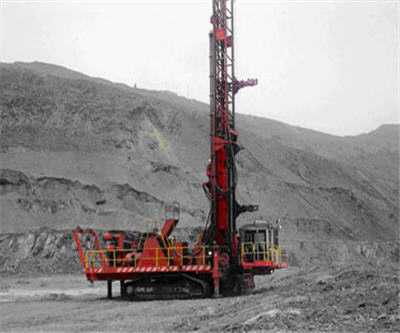
Sandvik Mining and Construction and Flandershave entered a formal partnership to automate surface mining drill rigs and provide autonomous operation. With this new partnership, the two suppliers will collaborate closely to offer customers the most effective and efficient drilling systems in the industry. The agreement between Sandvik and Flandersensures that drillers get the world’s best combination of technologies for state-of-the-art automation or machine autonomy. The Flanders ARDVARC systems have been field-proven on multiple blasthole drills around the world. For factory-supplied systems on new Sandvik drills, the initial automation modules will be offered starting in Quarter 1 of 2012 on machines with electric-over-hydraulic controls.
“Together, we will deliver automated and autonomous machines directly from the factory, and offer sophisticated retrofits for more than 2000 Sandvik drill rigs currently operating globally,” says Gregg Scanlan, VP of Surface Drilling Equipment at Sandvik. “Our strategy is to combine proven automation with world-class drill rigs and a strong global aftermarket support.”
Allen Patterson, Chief Operating Officer atFlanders explains: “By listening to customers and serving their needs our mining solutions deliver real operational, safety and financial value for our customers. Our ARDVARC automated drill system continues to prove that. Working with Sandvik helps us in our mission of being a force for good to our customers, business partners like Sandvik and the communities we serve. Together we can better standardize the offering and formalize field support on a global scale. Our partnership will accelerate implementation and acceptance of ‘automation’ on drill rigs and benefit a growing number of mining companies.”
‘Drill rig automation’ is a broad concept. It progresses from automation of certain functions and remote control up to completely autonomous operation (without direct human interaction). Often the target is to have a single operator supervising multiple drills from a remote office. The driving factors for considering automated or autonomous operation vary from mine to mine, but are typically a combination of the following: